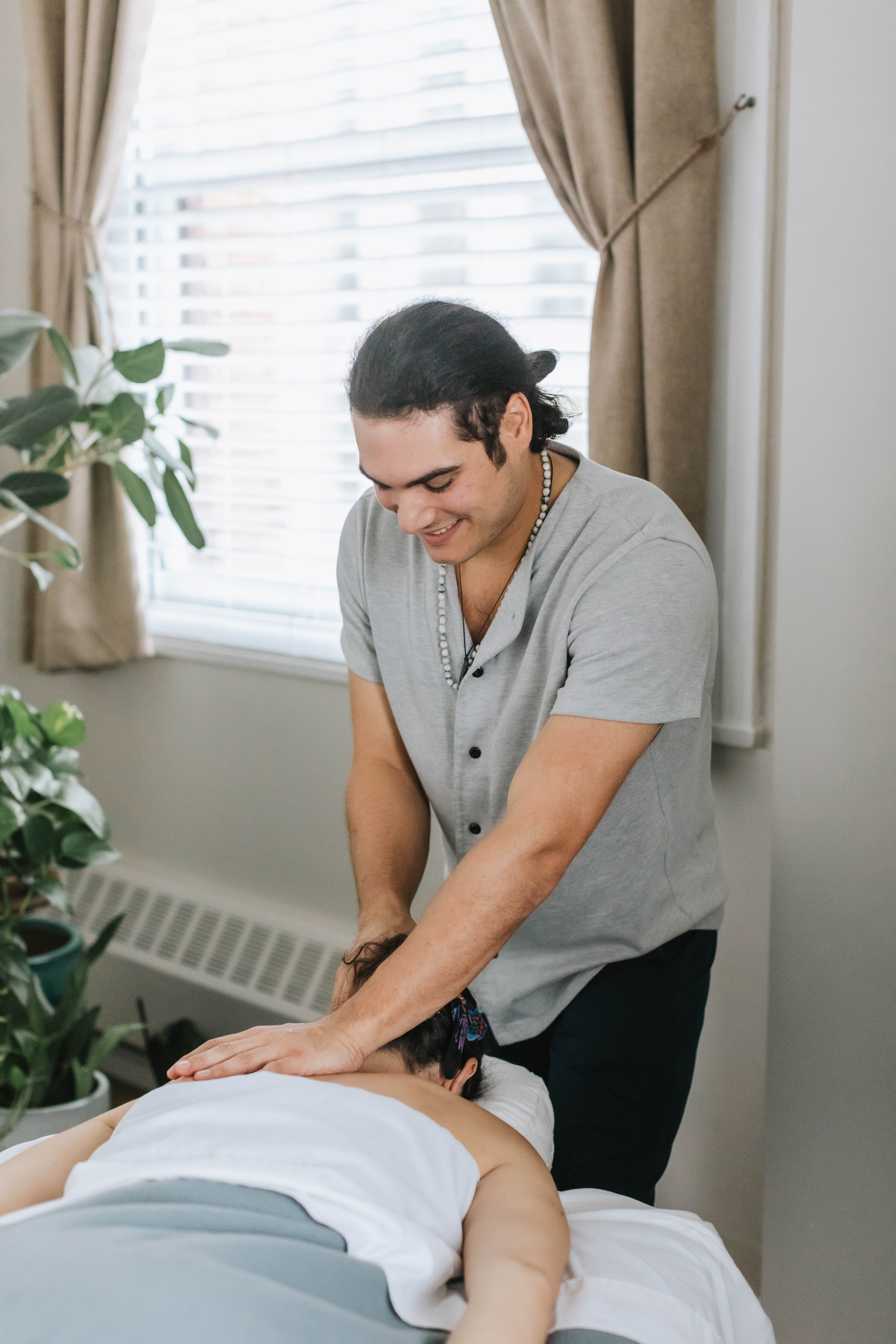To Heal A Climber
Everyone has heard that Boston is a great city for runners. That’s definitely true. What people fail to realize is that we also live in a city packed with rock climbers!
Okay fine, we’re not Salt Lake City, or Boulder, or Las Vegas, but with so many classic East Coast crags just a day trip away, our community runs pretty deep.
In the Boston area, there are at least 10 climbing gyms, and chances are that if you’re not a climber, you know someone with a gym membership.
Now I want you to walk into a climbing gym and look around. Observe people’s hands and what do you see? Tape wrapped around wrists and fingers like they’re mummies and maybe even some swollen knuckles. Par for the course to be honest, climbers aren’t usually looking for careers as hand models.
As you might guess, the majority of climbing injuries are hand related. Most of these hand injuries are overuse related, although sudden acute injuries also happen.
Maybe this has happened to you, whether it was a swollen finger, loss of grip strength on small edges, or an audible pop and sudden onset pain in one specific finger, it happens!
Here’s the curious part though: when a field athlete experiences a pop, swelling, pain, and loss of strength in the legs or arms, they typically go straight to the doctor and probably wind up in PT. Climbers though? Not so.
This analysis from 2017 investigated climbers’ likelihood to seek healthcare for sport related injuries, as well as why they may have chosen not to. What it found was that many climbing athletes opt not to seek care through the medical system due to a lack of faith in the advice available. Instead, they turn to their peers for anecdotal advice on injury management.
What results is a higher than necessary prevalence of chronic, unresolved injuries that can ultimately lead to loss of flexibility in the hand and long term pain.
“How irresponsible” you might say! Well… the thing is these athletes aren’t completely wrong in their judgement.
Rock climbing is a unique activity with very specific demands and stressors. The reality is that most doctors and PTs will simply not have a reference standard or depth of understanding to facilitate an efficient and effective rehabilitation and return to performance process.
Let’s say you go to the average PT with a pulley sprain you sustained when your foot slipped off the chip on a steep sport route at Wimea in Rumney. Your bodyweight suddenly loaded more than 400 Newtons of force into your middle finger and you felt a pop, sudden pain, and could no longer pull on any holds without pain.
You try to explain that the move involved shifting all your weight onto a closed crimp while you had to use the toe to fight a huge barn door.
Your PT looks at you with a blank expression, clueless, and ask you to test your grip strength with this:
You do and it feels fine.
They assign you stress ball squeezes and send you on your way.
But how does that in any way help you to do this?
Sorry, but that’s nowhere close to enough.
Sport specific rock climbing rehab requires attention to detail in all aspects of your climbing training from weekly climbing volume, to hold type, to wall angles, to grip specific strength testing and progression.
Few clinics are equipped with the necessary tools, knowledge, or frankly language to do this. But guess what? We are!
Here are some recent case examples of successfully rehabbed climbers we’ve helped recently at Ripple:
- A competitive collegiate athlete with tenosynovitis, at first unable to climb any crimps but now able to progressively strengthen her finger and even compete painfree!
- A V10 boulderer with a pulley sprain in his pinky, originally walking out of the gym with pain, swelling, and stiffness, now able to climb painfree while continuing to strengthen his finger in preparation for a trip to Red Rocks!
- A 5.12 sport climber with chronic finger joint capsulitis, including pain after every climbing session, loss of strength, and chronic swelling, now with full range of motion and climbing as hard as ever. On top of that, consistently putting in the work for full body strength training leading to less injury risk and increased performance!
The funny thing about all of this is that the methods used are simple, straightforward, and efficient. No bells, whistles, or snake oil. Just plain old smart programming, education, and symptom management. The hard part is always understanding the goal, your current level, and the right decisions/timing to bridge those two things. If that’s something you’re struggling with, then we’re here to help.
Ethan Schalekamp PT, DPT
Weightlifter, climber, and trail runner


